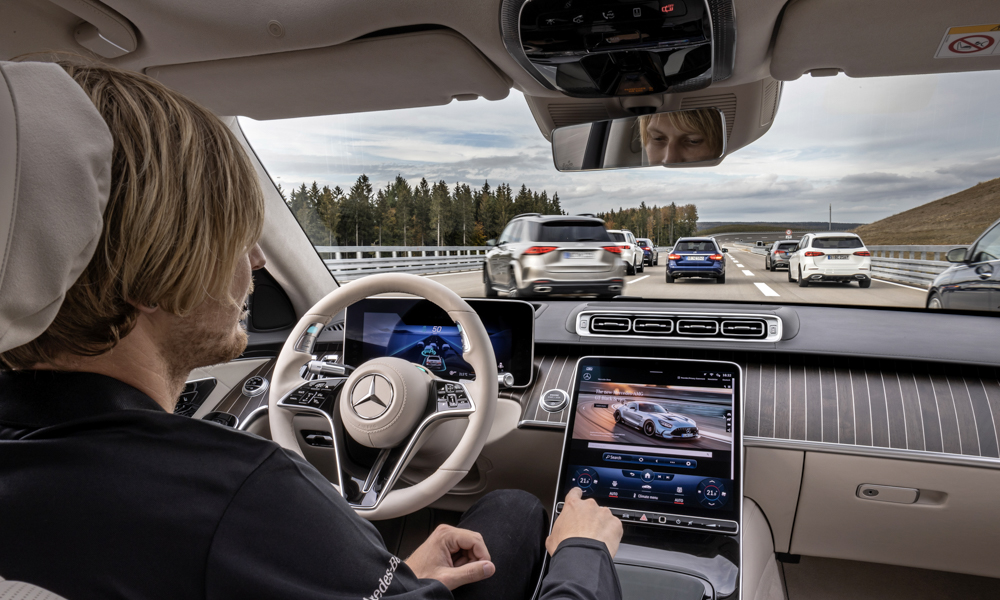
Tesla boss Elon Musk might be constantly tweeting about the autonomous capabilities of his cars, but the truth is that his firm doesn’t have a single proper self-driving product worthy of the term. Not only that, the loudmouthed American (or South African) now also got beat to one of the biggest prizes in the automotive arms race by rival Mercedes-Benz.
The German firm has just received approval from the Federal Motor Transport Authority (KBA) in its home country for the use of a Level 3 autonomous driving system compliant with the requirements of proposal UN Regulation 157. What hides behind this small sentence is a rather big deal: Mercedes is now the first manufacturer in the world allowed to sell a car where you can fully take your hands of the wheel and legally do other things like playing games or watching movies.
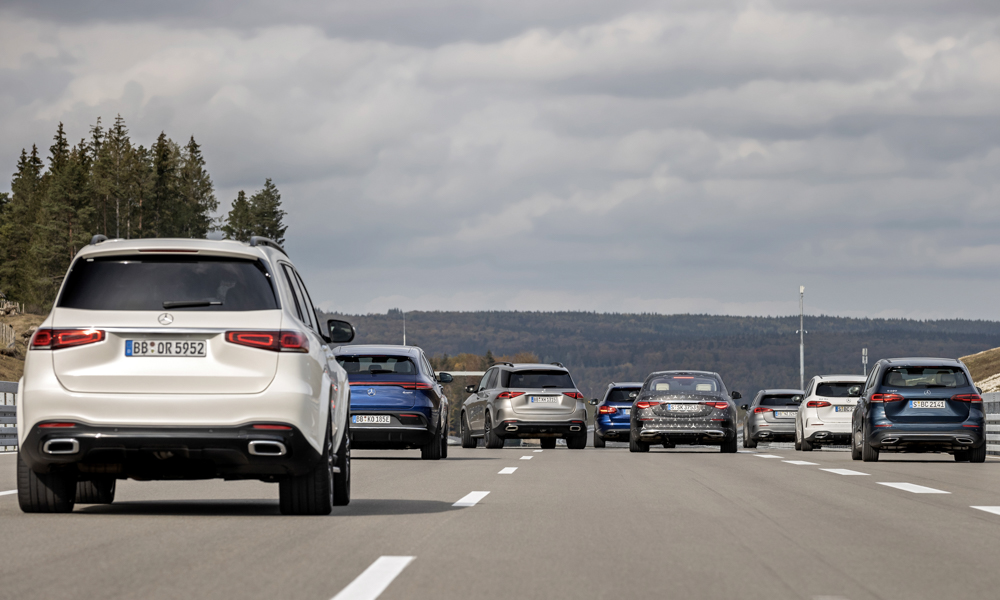
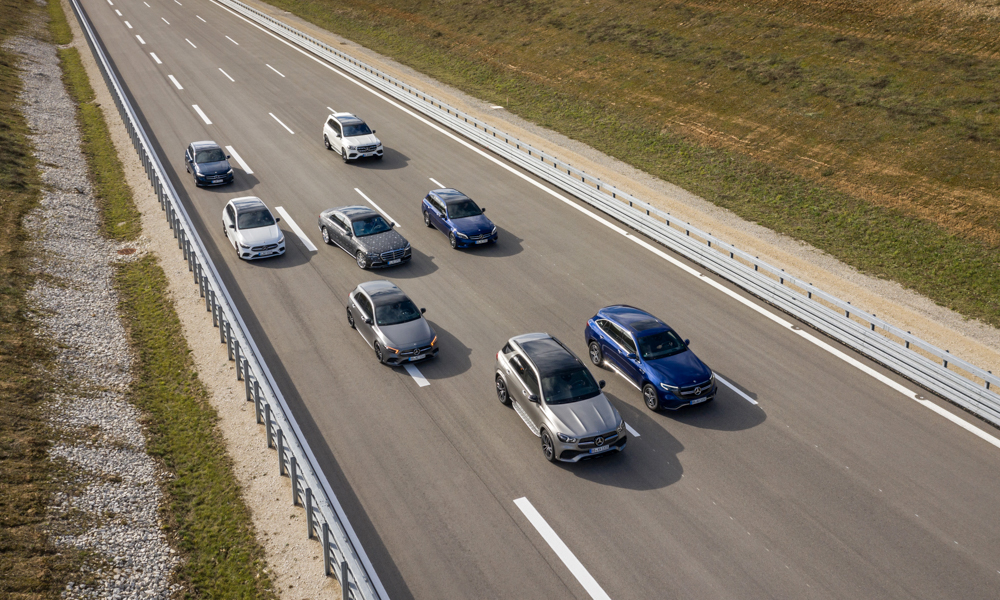
Not only that, but the compliance with this United Nations document means the system can be used globally as long as local regulations allow for it. This essentially paves the way for legal frameworks to be put into place in other countries. Mercedes will sell the system as a feature called Drive Pilot, and S-Class buyers can order it from the first half of 2022. EQS customers will get it a little later, and both can then leave the driving to the car in certain conditions. So far, the system will only work up to speeds of 60km/h and is primarily designed to take over when traffic gets congested. It will also work on over 13,000km of Germany’s autobahn network. The company started development on it back in 2017 when German law changed and created a legal basis for systems such as this.
The tech behind this is more than a little impressive and goes way beyond the mostly camera based approach taken by rivals Tesla. Each Chedeng fitted with Drive Pilot uses LIDAR, radar, cameras, microphones and even wetness sensors in the wheels to figure out what’s going on. This not only allows it to stick to one lane or evade other cars if needed, but it can even get out of the way if an emergency vehicle approaches with its lights and sirens are on.
It reads traffic signs, recognizes unusual events ahead such as accidents, and uses a high-definition digital map to plan its route and determine its position with far greater accuracy than a normal GPS system. To keep things safe, the car has redundant steering and braking systems, allowing the driver to take over should Drive Pilot ever fail for any reason. If there’s a problem with the human behind the wheel, the car can also stop automatically and even call an ambulance.
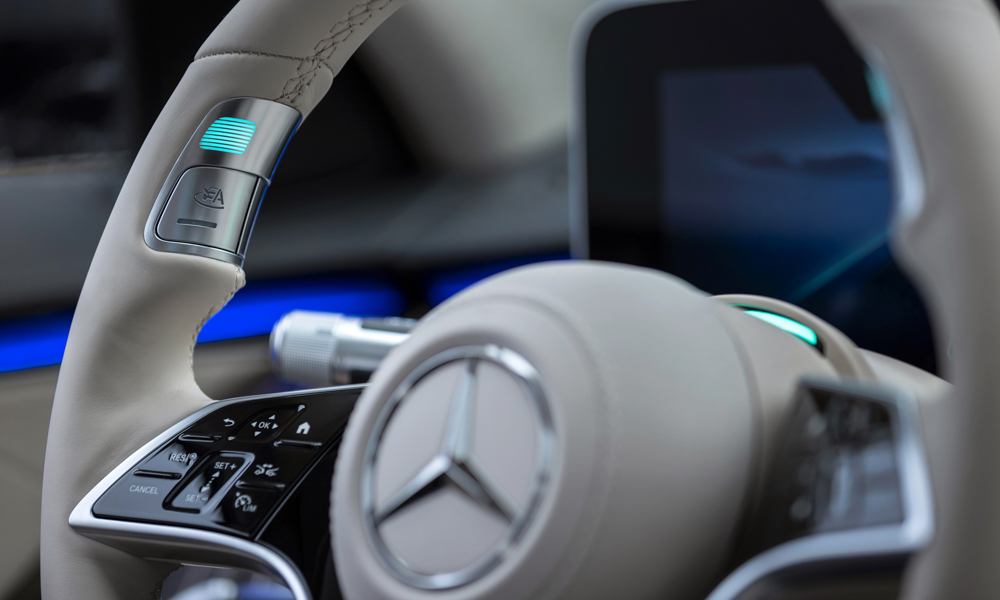
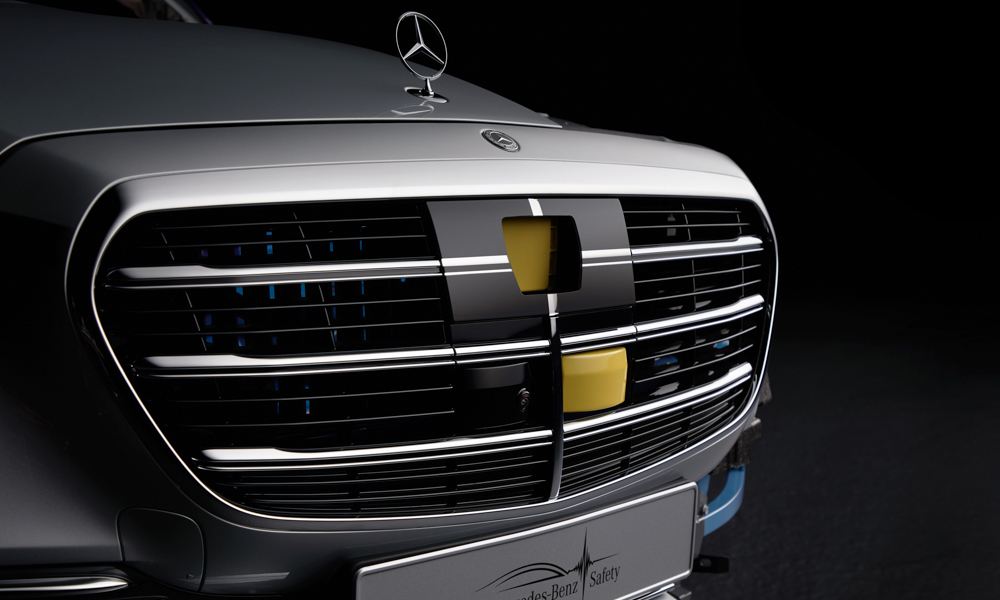
The kicker of this system is the fact that drivers—at least in Germany—can soon legally pick up their phones and browse the internet or play games while the conditional automatic driving system is active. In case you’re now wondering what happens if the car causes an accident while in full KITT mode, the Germans have thought about that, too. Should there be a crash with Drive Pilot activated, it would indeed be the car (and thereby the manufacturer) that’s legally responsible, and not the human driver.
There are some limitations to what you’re allowed to do behind the wheel, though. For example, the vehicle is equipped with driver-facing cameras. Should your Merc catch you snoozing, then it will alert you and deactivate the system as the driver must still be able to take over if needed.
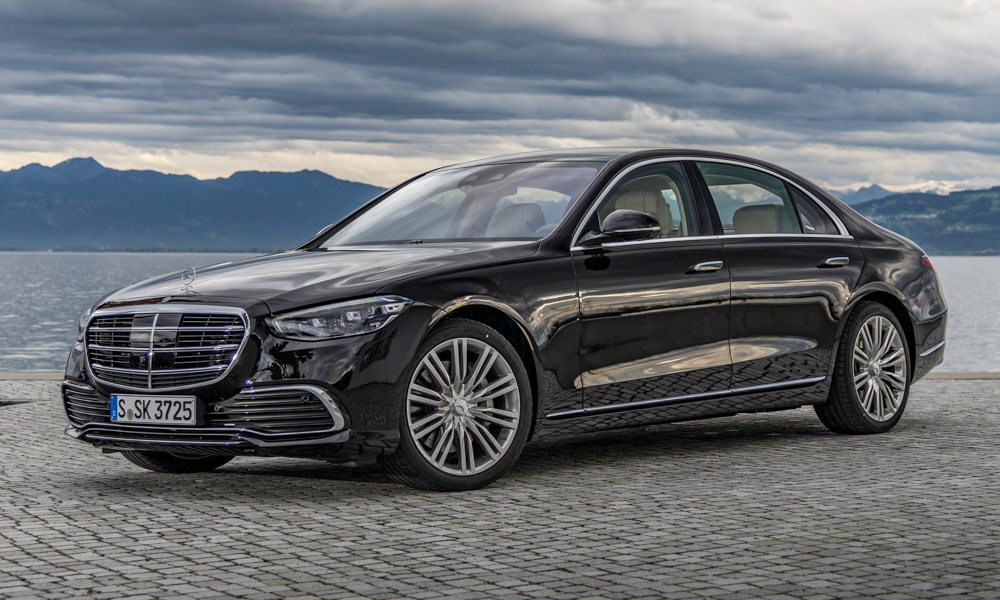
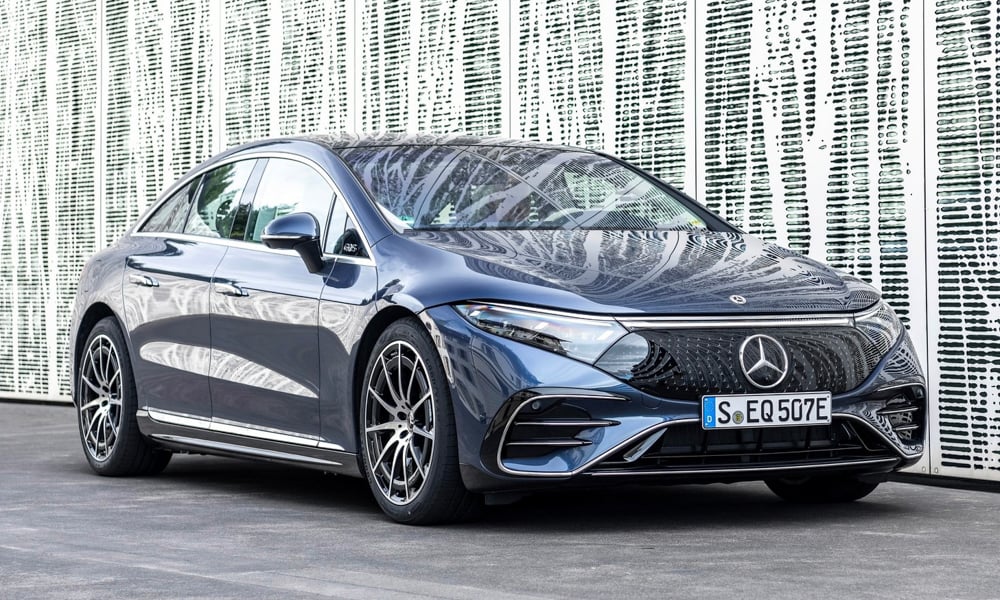
Still, seeing the first real self-driving car coming up for sale shows how quickly this technology is progressing. It will also create a whole load of new challenges for other sectors such as law enforcement. Right now, using your phone while driving is illegal in most countries, so how will the cops figure out if you did something wrong when they see you floating by with your device in your hands for example?
No doubt engineers, lawyers and politicians will have to spend much time sorting these questions out. While it may still be a few years until we see cars without any steering wheels on our roads, at least Mercedes has now shown that it’s not science fiction, and we can all look forward to enjoying a trip along EDSA on a payday Friday while the cars do all the hard work. Isn’t the future exciting?


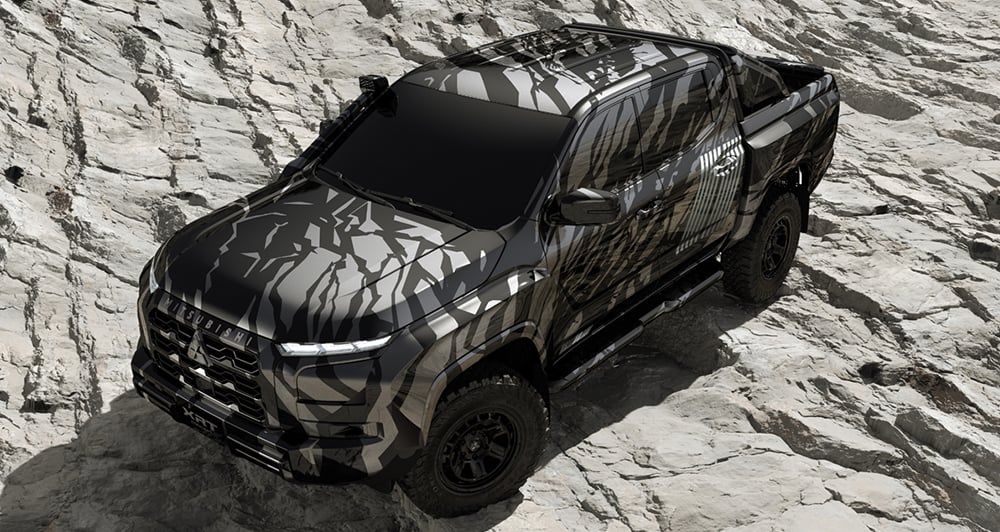
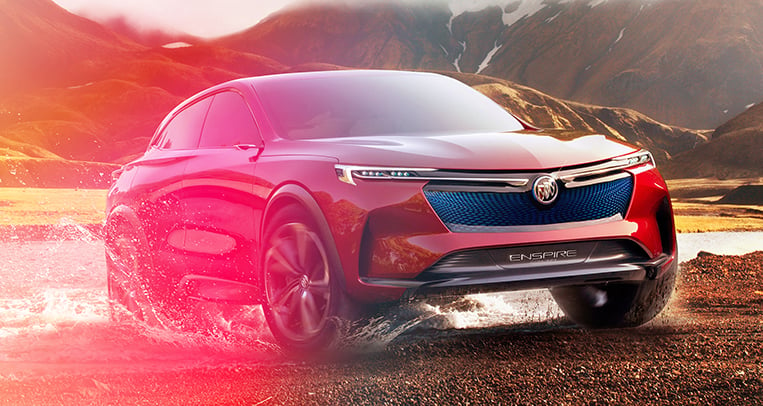
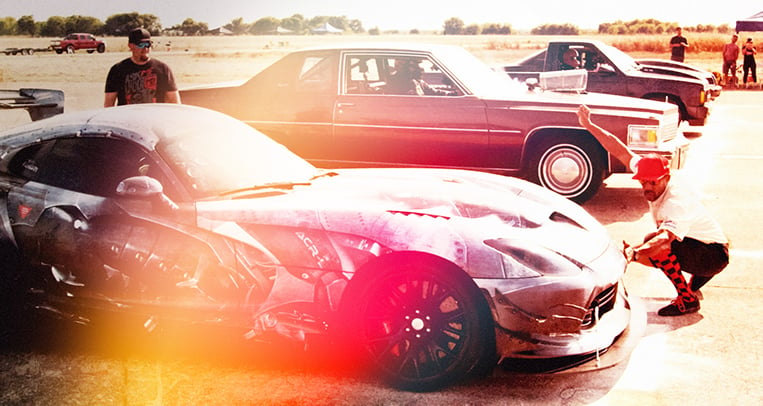
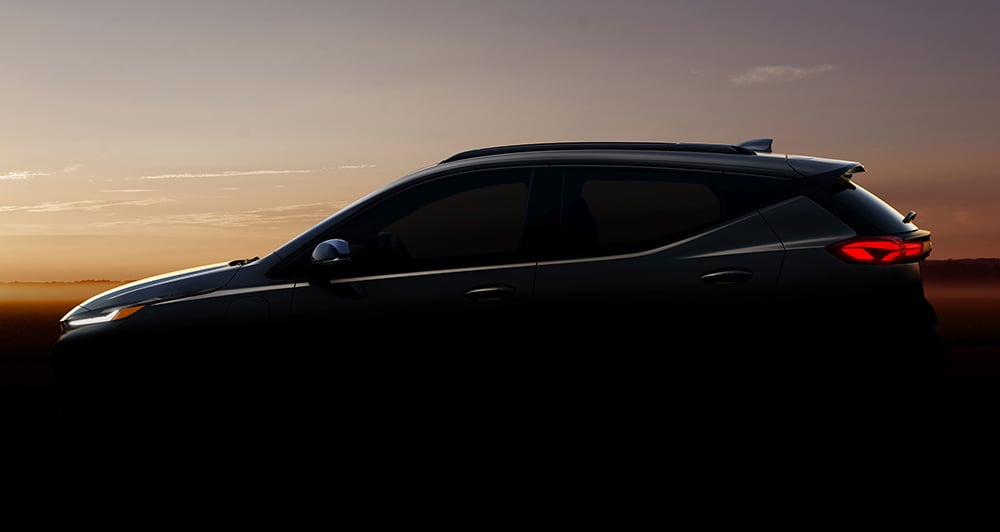

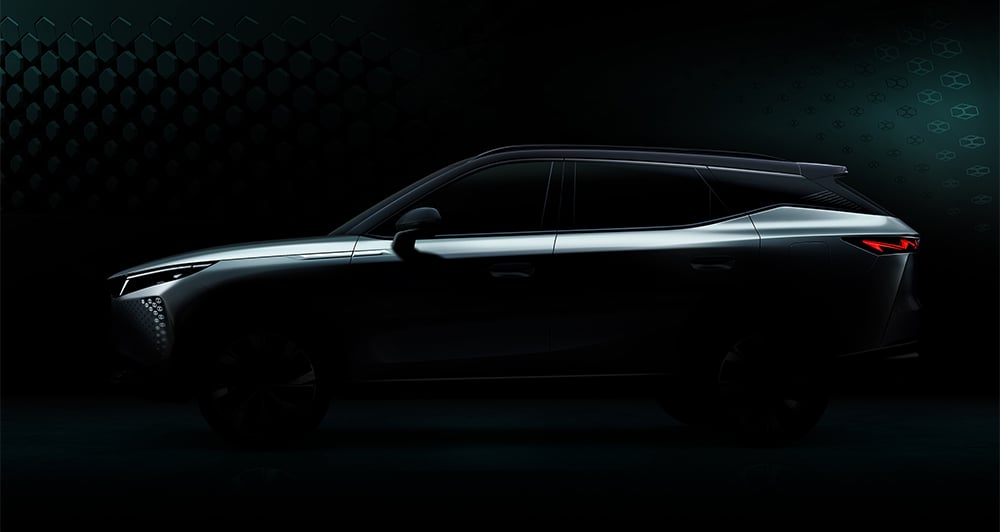
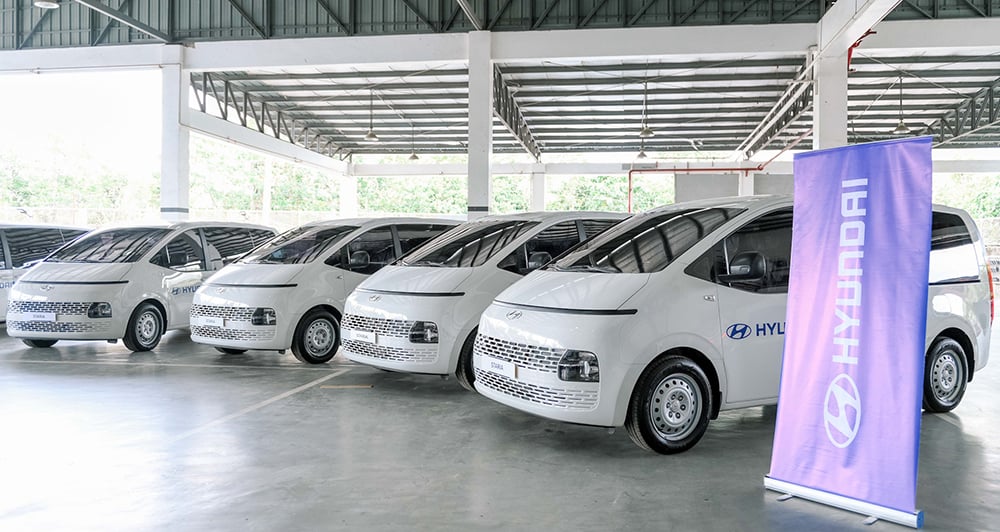


Comments